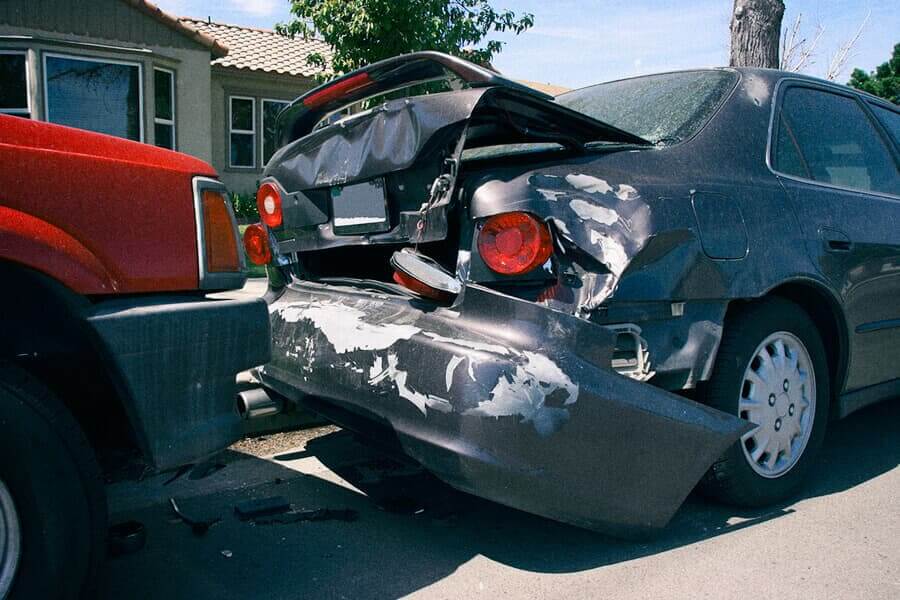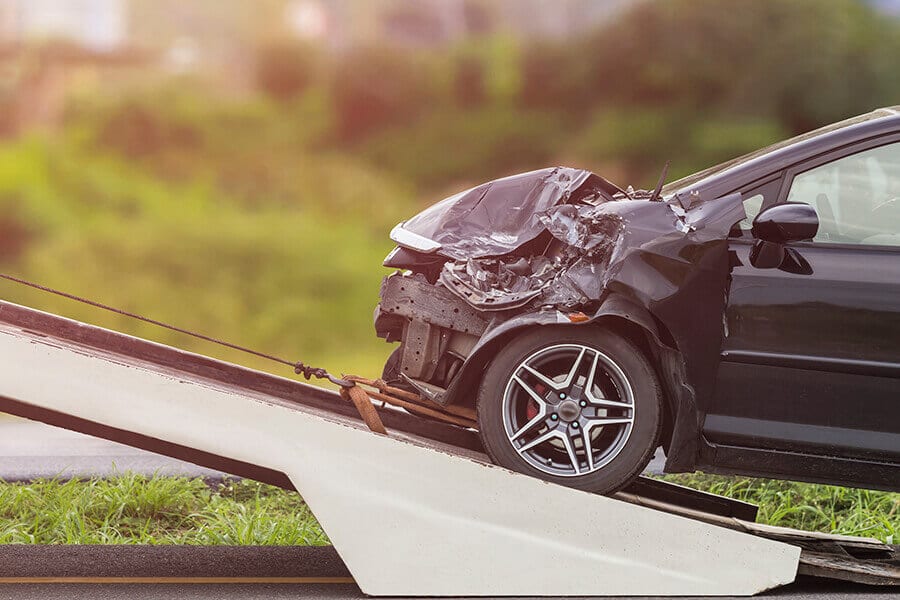
Have you ever done any of the following: talked on the phone while driving, been forced to stop suddenly and almost rear-ended the person in front of you, found yourself in less than ideal driving conditions such as snow, fog, rain or dust storms, had a close call where you were almost in an accident? Car insurance is a protective measure to ensure your financial stability in the event of an accident. This coverage is not just prudent, it’s the law. The risks to your status as a driver and financial implications simply aren’t worth the penalties of driving without insurance.
7 Auto Insurance Risk
1. I can’t afford insurance
While we empathize with the financial challenges many people are struggling with the unfortunate truth that you can’t afford to NOT have car insurance. The financial liability you will incur in the event of an accident while driving without insurance can be staggering. Assuming you beat the odds, where _ people in YEAR were in car accidents; if you are pulled over without insurance you will incur financial consequences that far outweigh the cost of auto insurance. In the state of Arizona if you are caught driving without insurance you will face the suspension of your license and registration as well as a fine and most likely an increase in insurance costs.
2. The legally required minimums are all I need to meet my lawful obligation
The bare minimum coverage in Arizona is bodily injury coverage includes: bodily injury coverage in the amounts of $15,000/per person and $30,000/per accident, property damage liability coverage of $10,000, uninsured and underinsured motorist coverage of $15,000/per person and $30,000 per accident. While the minimum amounts of coverage will keep you out of trouble if you are pulled over, they may not cover your expenses in the event of an accident. If any repairs or medical bills exceed your insurance amounts you may be held financially responsible for anything else left over.
3. My car isn’t worth very much
If you are not concerned about the cost to replace your vehicle we can customize your coverage to meet Arizona minimums and provide coverage in the event of damage to someone’s vehicle or property. The value, or lack thereof, of your vehicle is not a good excuse to forego auto insurance.
4. I am a great driver and won’t cause an accident
While we all appreciate your expert driving, there are simply no guarantees. Even drivers that adhere to every rule of the road may be found liable for an accident. Weather, other drivers, animals, and everyday distractions can all contribute to a car accident. In addition, car insurance is not just to protect others from you but is designed to protect you from other under or uninsured motorists.
5. I don’t drive very often.
The frequency in which you drive can be taken into consideration when pricing insurance. If you travel infrequently or live very close to work we may be able to get you lower rates, as this reduces your risk of an accident. That being said, every time you drive your vehicle it is a potential opportunity for an accident and is not a valid excuse to skip purchasing insurance. If your vehicle becomes inoperable, let your agent know right away so he or she can help you modify your policy and advise you of registration filing requirements.
6. Fender benders aren’t important
While minor accidents can be small annoyances that could be overlooked, this mentality doesn’t take into account the other party to the accident. Even if you were to simply scrape a guardrail or hit a road sign you are financially liable for the repair or replacement costs. This holds true for more traffic incidents of any kind. If you hit a road sign, pedestrian, vehicle or business without insurance you are responsible for the costs. These figures can add up quickly. If someone is injured you may also be on the hook for medical expenses. Your responsibility isn’t diminished just because an accident is “minor”.
7. I can’t get car insurance because of prior incidents such as DUI, tickets, etc…
While every ticket or incident such as a DUI makes you a higher risk to insure, it does not mean you can skip purchasing an insurance policy. In fact, many paths to reinstating your driver’s license not only require insurance but will also require an SR-22 certificate from your insurer proving you have adequate coverage. Coverage for people in these types of situations is available, and as an independent agency, we can quote your needs with multiple carriers to get the lowest price possible. The pricing for policies does go up with each incident but the good news is that you do get credit for good behavior. After a certain number of years, each incident impacts your pricing less and less provided there are no further tickets, etc.
It is important to be realistic about the responsibility and obligations that come with driving and avoid car insurance problems. Work with an established agency to ensure you have the coverage you need at a price you can afford. If you need insurance or would like a review of your existing coverage, please don’t hesitate to give our office a call.


